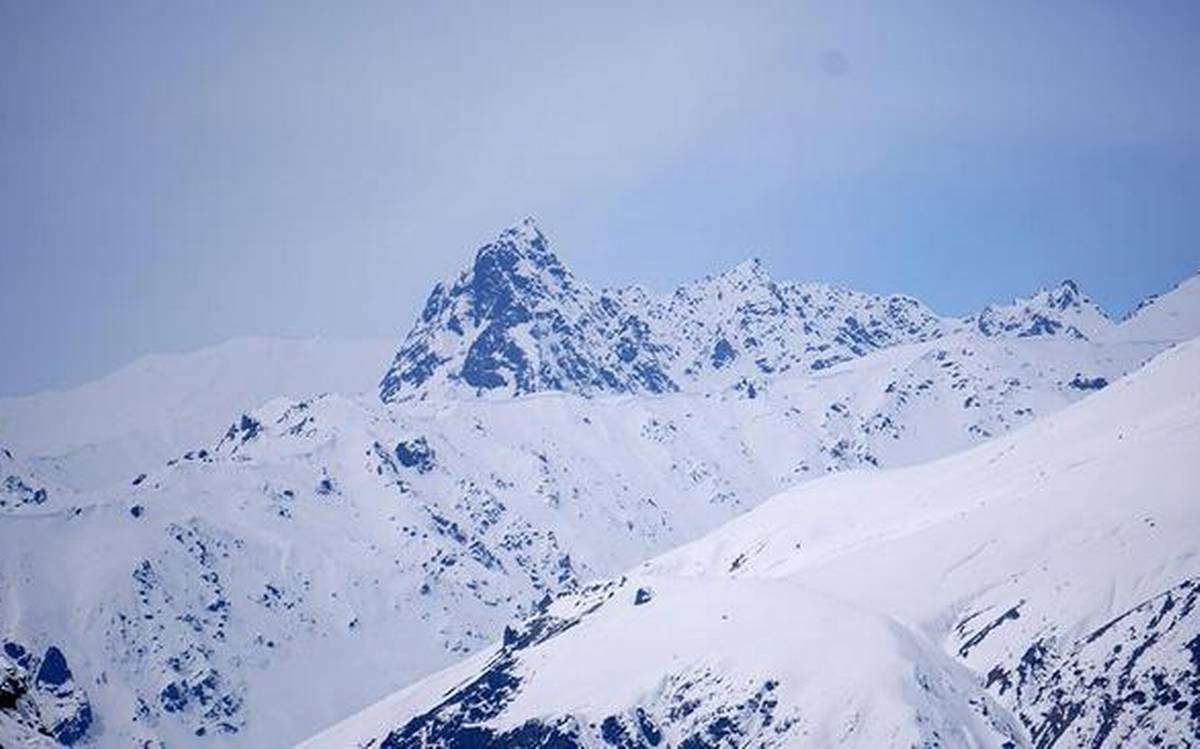Hills of Kargil that witnessed a war in year 1999 with Pakistan are still lying calm and unexplored by common people of the country due to the difficulties posed by these natural barriers.
It was in 1999 when the Indian heroes of army flushed out the intruders from Pakistan by offering the supreme sacrifice. These hills and mountains in Kargil were so high that the Pakistani intruders that included regular army and terrorists were aiming at our soldiers with ease.
It is after 21 years when the Kargil war was fought that the government of India has planned to open up those hills for trekking in Kargil that had seen action during the war. Although the plans have been delayed due to the outbreak of Coronavirus, tourists and trekkers are likely to be allowed to proceed to these hills after the situation improves.
Interestingly most of these hills are very close to the Line of Control with Pakistan and battles were fought on most of them. The opening up of these hills for trekking will not only provide locals with occupation but will also allow the common people to understand the difficulty with which Indian forces took over the land that was occupied by terrorists.
One of the most important point that was captured by the Indian forces was Tiger Hill that will also be thrown open for trekking in Kargil. This will also promote tourism in Kargil region that is one of the two districts of arid desert of Ladakh. Leh, the other district is visited by lakhs of international and domestic tourists every year.
There are reports that trekkers will be allowed to trek at least 16 hills in Kargil. Jammu and Kashmir government had sought permission from the Ministry of Home Affairs (MHA) to throw open peaks in Kargil for trekking after which a response was awaited. The permission was sought when Ladakh was a part of J&K UT.
Permission is required to visit far flung areas of Ladakh as these falls in the category of inner-line areas. Tourists require a permission from the MHA to visit inner-line areas that are tribal.
During Kargil war in 1999, battles were fought at Batalik and Drass sectors of Ladakh. Many of the hills that will be thrown open for public fall in these areas.
Trekking routes that the government plans to open include Kargil-Lalung-Shahshi Lake – Darchiks/Garkone Broq, Kargil-Hunderman Brok Ridge (LoC Visit), Batalik Junction to Gargardo (apricot Village), Drass-Sumda-Marpola (Tiger Hill Base), National Highway to Kaksar Village (LoC Visit), National Highway to Lato Village (LoC Visit) and National Highway to Budgam-Majdass Village (LoC Visit).
Other trekking routes include Faroona-Jasgund via Lasar La, Akshow (Zanskar)-Gulab Garh (Kishtwar), Padum-Gulab Garh (Kishtwar) via Omasila, Padum-Dangale (Padder Valley) via Pot La, Kanore-Batambis-Sapi, Sapi to Rangdum via Rusila and Wakha La, Rangdum-Heniskote via Kanjila, Rangdum-Padum via Pangong La and Padum-Ralakung and Padum-Lamayuru.
The government has also prepared a roadmap for trekking that includes a short trekking to a day-long hiking. Most of the trekking routes fall on those routes that were used by travelers in ancient times. Some of the treks are located in high mountainous passes and would require experience in trekking to reach there.
Malik Hussain, a tour and travel operator says that the governor of J&K was appealed in 2018 to promote tourism and culture of Kargil on lines of Leh. “We appealed that even Kargil has a lot of opportunities in tourism and culture that could be showcased to the world. The then governor had promised us that he would take the matter to the union government and get the peaks in Kargil opened for trekking” said Hussain.
It is important to mention that Vijay Diwas would be celebrated on July 26 to mark 21 years of Kargil war.
